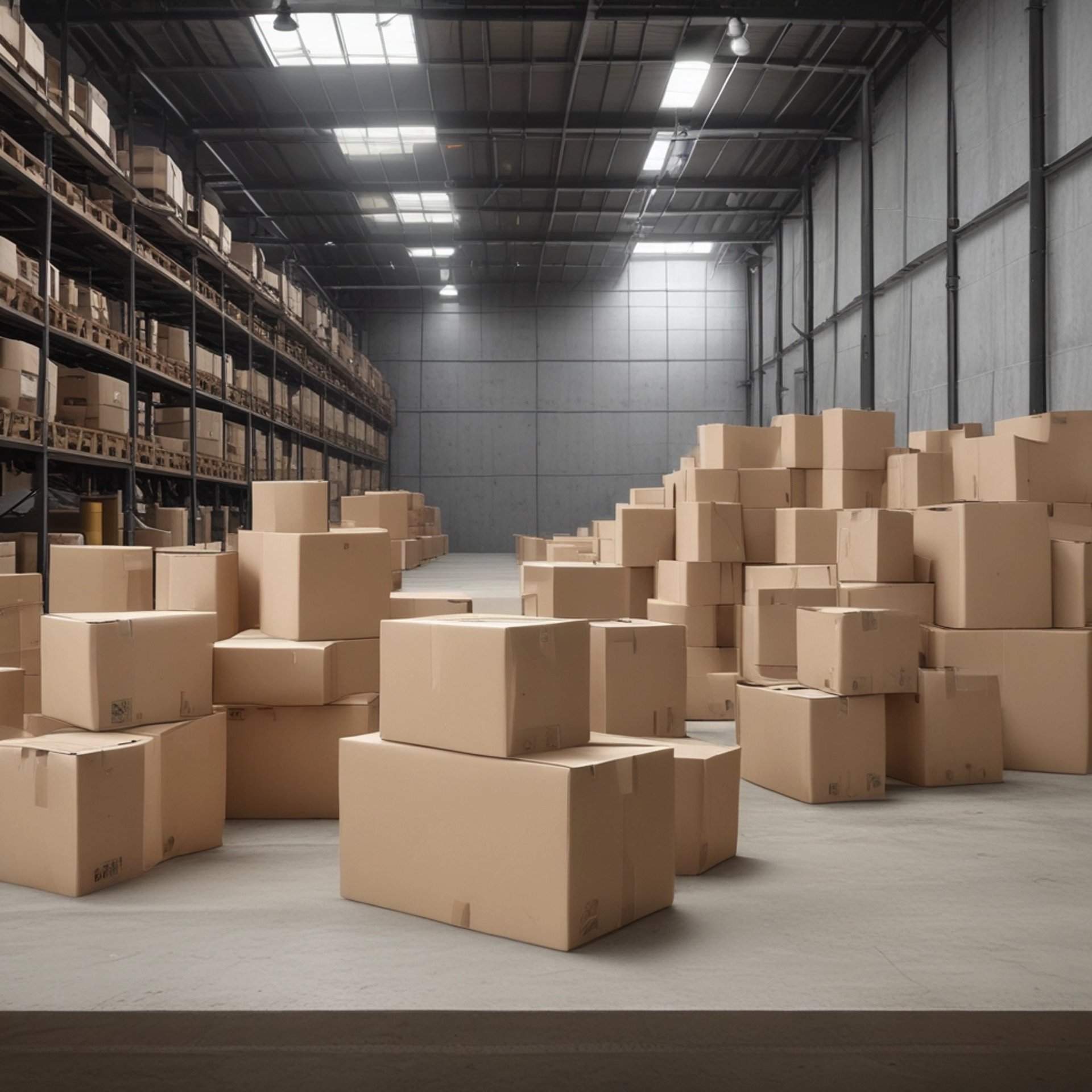
Emerging Trends in Industrial Packaging: Global Insights and Tariff Impact
Introduction to Industrial Packaging Trends
The global landscape of industrial packaging is continuously evolving, driven by innovation and market demands. As industries adapt to the changing economic climate, understanding the latest trends becomes crucial for businesses looking to stay competitive. This blog post delves into the current trends in industrial packaging across the globe and examines how recent tariffs are influencing these developments.
Sustainability: A Core Focus
One of the most significant trends in industrial packaging is the emphasis on sustainability. Companies are increasingly seeking eco-friendly materials that minimize environmental impact. Biodegradable plastics, recyclable materials, and reduced packaging waste are garnering attention. This trend is not only regulatory-driven but also a response to consumer preferences. Businesses that adopt sustainable practices not only enhance their brand image but also reduce costs associated with waste management.
Smart Packaging Technologies
In addition to sustainability, the rise of smart packaging technologies is reshaping the industry. The integration of the Internet of Things (IoT) allows packaging to provide real-time data about the condition of the product during transportation and storage. Sensors that monitor temperature, humidity, and even freshness are being integrated into packaging solutions. This innovation not only enhances supply chain transparency but also helps in maintaining quality standards. As these technologies become more prevalent, they promise to revolutionize how industries approach packaging and logistics.
Impact of Tariffs on Industrial Packaging
Amidst these trends, the impact of tariffs cannot be ignored. Recent geopolitical developments have led to increased tariffs on raw materials and finished goods, affecting manufacturing costs significantly. For instance, tariffs on aluminum and steel have led to higher prices for containers, influencing overall packaging costs. Companies must navigate these changes carefully, balancing cost-efficiency while adapting to maintain quality and sustainability in their packaging solutions. The strategic sourcing of materials and embracing local suppliers can help mitigate the adverse effects of such tariffs.
The Future of Industrial Packaging
As we look ahead, the future of industrial packaging seems poised for transformative changes. Organizations are urged to stay informed about regulatory updates and evolving market trends. Innovations in artificial intelligence (AI) and automation further promise to streamline packaging processes, enhancing both efficiency and accuracy. Companies are encouraged to invest in research and development, ensuring that their packaging solutions remain relevant in a rapidly changing global environment.
Conclusion
In conclusion, staying abreast of the latest trends in industrial packaging is essential for businesses aiming to thrive in the competitive market landscape. Understanding the interplay between sustainability, technology, and tariff implications will empower companies to make informed decisions that align with both operational goals and consumer expectations. As the packaging industry evolves, so too will the strategies that define its future.


